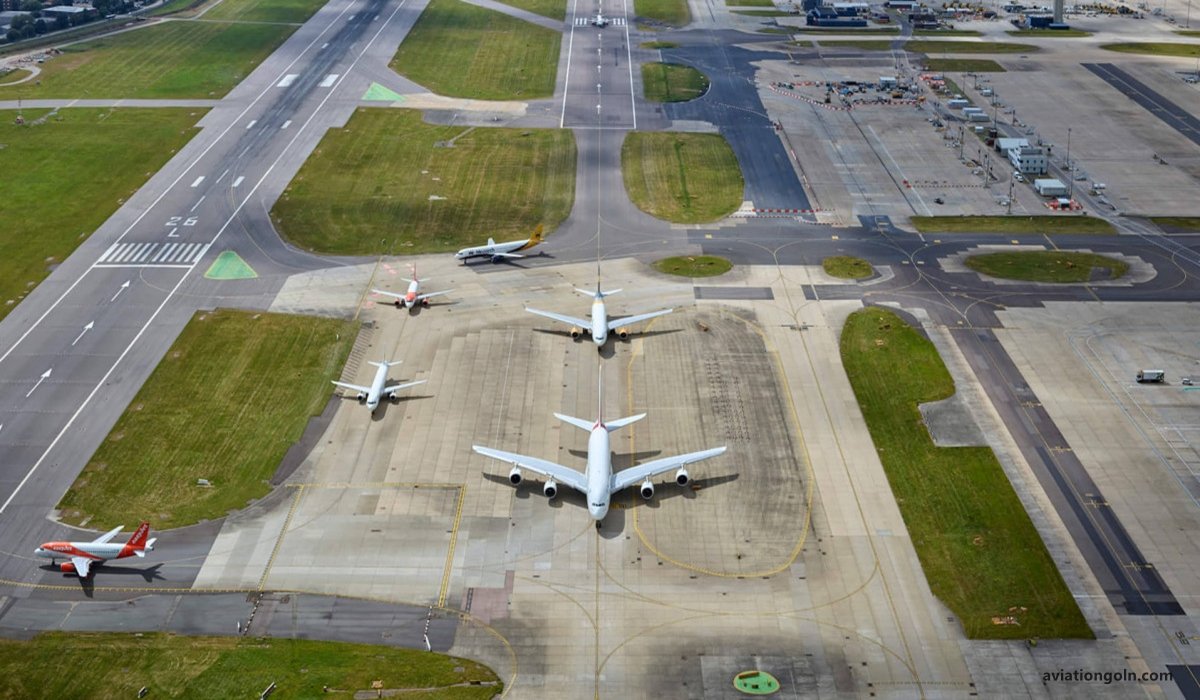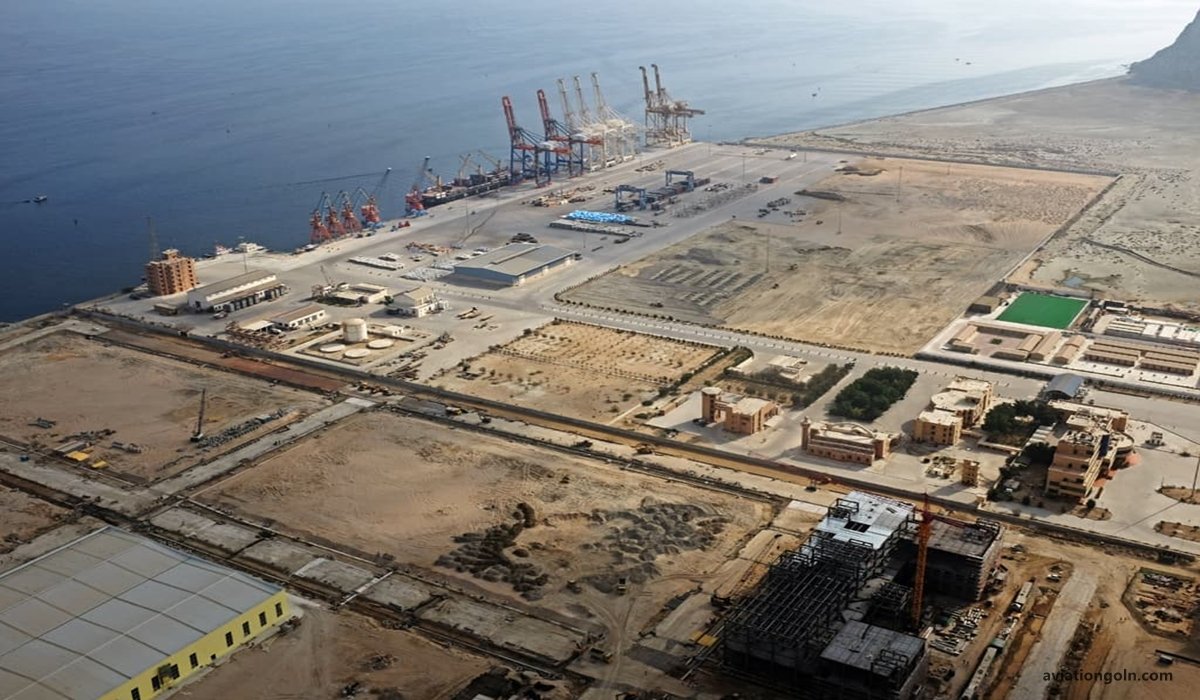Models of Strategic Planning: In the aviation industry, strategic planning plays an indispensable role in shaping the future trajectory of an airport. As the nexus point for a vast network of flights, trade, tourism, and businesses, airports are more than just transit points – they’re complex entities requiring comprehensive planning and foresight. Given the significant economic and operational implications of airport functions, it’s crucial to use effective models of strategic planning tailored to airport nuances. In this article, we’ll delve deep into the various models of strategic planning, focusing on their application in airport strategic planning.
Models of Strategic Planning: Airport Strategic Planning
1. Introduction to Airport Strategic Planning
Airport strategic planning is the process by which airport stakeholders envision the airport’s future and develop the necessary procedures and operations to achieve that future. This planning can range from infrastructural development and capacity handling to security measures, environmental considerations, and service quality.

2. Why is Strategic Planning Essential for Airports?
Strategic planning is essential due to:
- Rising Demand: With global air traffic on the rise, airports must be prepared to handle more passengers, cargo, and flights.
- Safety and Security: Ever-evolving threats require airports to be ahead in planning for security.
- Economic Impact: Airports often play a pivotal role in regional or national economies.
- Environmental Considerations: Balancing growth with sustainability has become crucial.
- Stakeholder Expectations: From airlines and passengers to local communities, diverse stakeholders have varying needs and expectations.

3. Models of Strategic Planning
Several models can be applied to airport strategic planning:
a) SWOT Analysis
SWOT stands for Strengths, Weaknesses, Opportunities, and Threats. This model is foundational in understanding an airport’s current positioning.
- Strengths: Internal attributes that benefit the airport (e.g., strategic location, modern infrastructure).
- Weaknesses: Internal factors that could hinder growth or performance (e.g., outdated systems, limited capacity).
- Opportunities: External factors the airport can leverage for growth (e.g., rise in regional tourism, new airline routes).
- Threats: External factors that could negatively impact the airport (e.g., political instability, environmental regulations).
b) Scenario Planning
Given the long-term nature of airport investments and the volatility of the aviation industry, scenario planning is particularly suitable.
- Creating Multiple Scenarios: It involves envisioning various future scenarios based on potential economic, political, environmental, or industry-specific changes.
- Planning for Each: Once scenarios are established, plans are formulated for each, ensuring flexibility and adaptability in the airport’s strategy.

c) Balanced Scorecard
This model considers financial and non-financial performance measures to provide a comprehensive view of an organization’s health and performance.
- Financial: Measures revenue, profitability, and growth.
- Customers: Focuses on customer satisfaction and retention.
- Internal Processes: Examines operational efficiency and quality.
- Learning and Growth: Evaluates employee satisfaction, retention, and organizational knowledge growth.
For airports, this could mean balancing profitability with passenger experience, operational efficiency, and staff development.
d) PESTEL Analysis
A macro-environmental tool, PESTEL stands for Political, Economic, Social, Technological, Environmental, and Legal. It’s used to assess the external factors affecting an airport.
- Political: Evaluate the impact of government policies, stability, and international relations.
- Economic: Assesses factors like regional economic growth, currency stability, and inflation rates.
- Social: Reviews population growth rates, demographics, and societal attitudes (e.g., toward air travel).
- Technological: Examines the impact of emerging technologies.
- Environmental: Considers environmental regulations and sustainability concerns.
- Legal: Reviews relevant regulations, laws, and legal challenges.

4. Implementing the Chosen Model
Regardless of the chosen model, successful implementation requires:
- Stakeholder Engagement: Engage all stakeholders, including government bodies, airlines, passengers, local communities, and employees.
- Regular Review: The aviation industry is dynamic. Regularly review and adjust the strategy as needed.
- Clear Communication: Ensure that all involved parties understand the strategy and their roles in its implementation.
- Resource Allocation: Determine the required resources (financial, human, technological) and ensure they’re allocated appropriately.

5. Case Study: Singapore Changi Airport
Recognized as one of the world’s best airports, Changi’s strategic planning is worth noting. By foreseeing the rise in Asia’s middle class and the subsequent increase in air travel, Changi invested in infrastructure, technology, and customer service. Using a blend of SWOT and Scenario Planning, they prepared for different growth rates and ensured flexibility in their strategy. Today, Changi isn’t just an airport but a destination, boasting attractions like Jewel Changi Airport with its famed Rain Vortex.

Airport strategic planning isn’t just about foreseeing the airport’s future growth or challenges. It’s about envisioning the airport’s role in a broader ecosystem comprising passengers, airlines, businesses, and the global economy. By leveraging strategic planning models tailored to airport-specific needs and nuances, decision-makers can ensure the airport’s sustainable and successful growth. With increasing global interconnectedness and the dynamic nature of the aviation industry, such planning is more crucial than ever.
See more:
